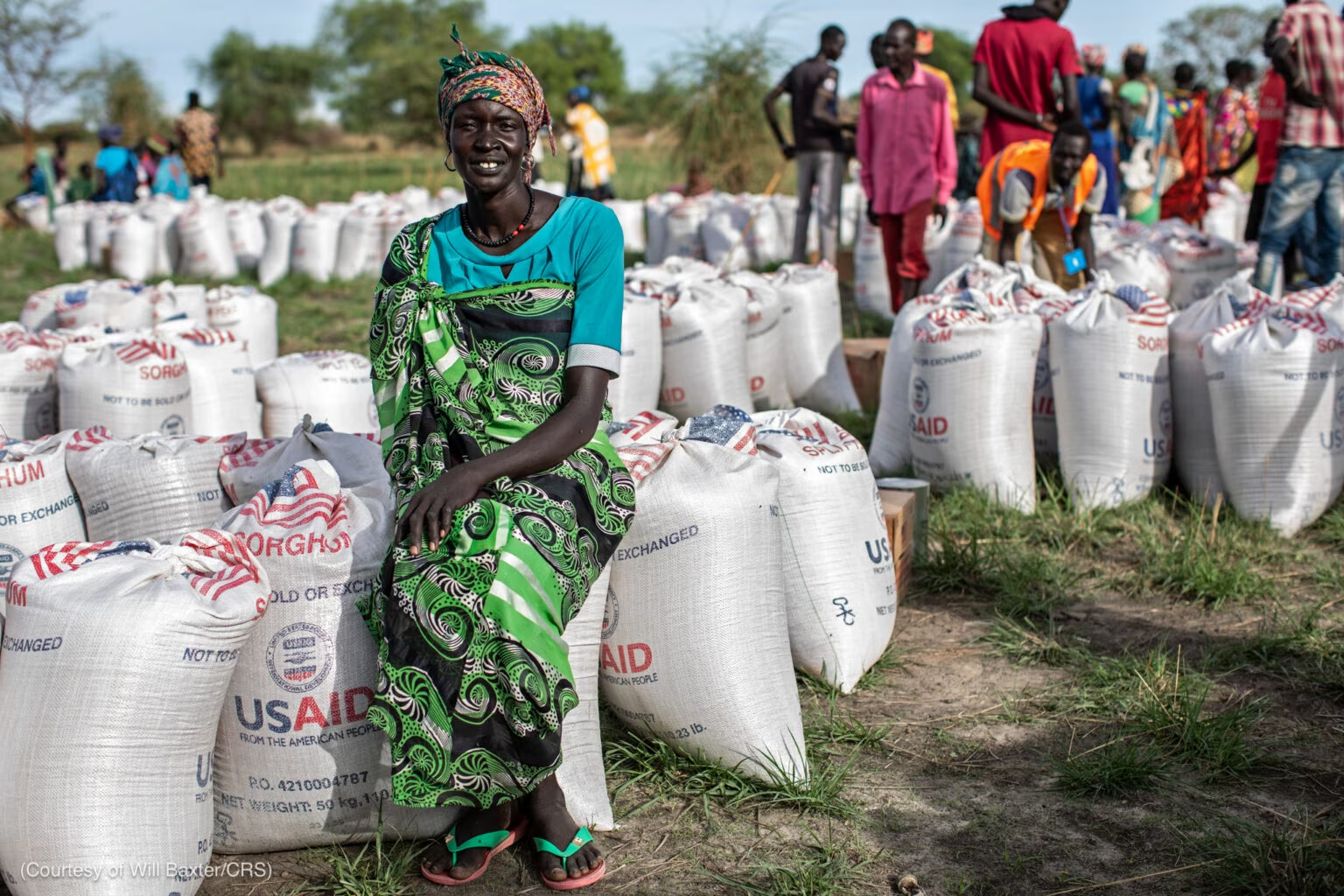The United States is the largest provider of international food assistance in the world, and it takes care that the food that feeds hungry people is safe and nutritious. The U.S. Department of Agriculture requires that food products are inspected and meet quality standards. What’s more, it requires packaging to keep the food safe and alerts the U.S. Agency for International Development, responsible for managing food aid to other countries, about any issues.
With USAID, the Agriculture Department conducts annual on-site audits of U.S. food commodity suppliers as part of its food safety/quality efforts, says Rufino Perez, senior food technology advisor for USAID’s Bureau for Humanitarian Assistance. And all food provided by USAID adheres to the “Codex Alimentarius Recommended International Code of Practice” — a collection of internationally adopted food standards.
Because USAID also procures commodities from outside of the United States, it drafts agreements that require food safety certification. (Just like products from the U.S., these procured items adhere to international standards.) “Our partners are required to carry out inspections for quality assurance in-country,” says a USAID spokesperson. USAID has five sites around the globe at which pre-positioned food is stored and ready to be moved at a moment’s notice to help people in crises.
More than 205 million people experienced acute hunger in 2022, a 6% increase from the year before. USAID, through its Bureau for Humanitarian Assistance, reached more than 167 million people in 57 countries in 2022 with in-kind food aid and its food assistance programming for emergencies. USAID provides 25 commodities — including wheat, rice, dry peas, lentils, chickpeas and vegetable oil — as well as ready-to-use foods that best meet nutritional needs and local dietary preferences.
USAID partners with humanitarian organizations including the United Nations’ World Food Programme, the largest humanitarian organization on the planet, to distribute U.S. food assistance. Last year, the WFP helped to transport and distribute more than 1 million metric tons of U.S.-grown food provided by USAID.
USAID helps ensure effective food supply chains, spanning from procurement to food distribution sites, says Perez. He cites a recent meeting with commodity suppliers, technology vendors, packaging experts and research organizations, at which a senior USAID official delivered a powerful statement underlining the agency’s commitment to the highest standards: “A food that is not safe is not food.”
For its part, the World Food Programme also relies on food safety/quality experts whose mission is to ensure the safety of the food distributed to beneficiaries, say the WFP’s Virginia Siebenrok and Davor Janjatovic. “We are working together on reducing food safety risks across the supply chain,” Siebenrok says. Monthly meetings between USAID and WFP personnel focus on both the “upstream” part of the supply chain (food specifications, food inspections, audits of suppliers, supplier performance) that is primarily USAID’s focus, and the “downstream” part (storage and transport conditions, distribution, traceability, feedback on product performance, incident management) that is the WFP’s focus.
“Traceability is a crucial element of any food safety system,” as it helps workers respond to incidents such as food contamination, Siebenrok says. “The better the traceability is, the less chance there is for an unfit product to end up being consumed.” USAID and the WFP are implementing the latest traceability technologies. “It’s like having fire extinguishers and emergency staircases in the buildings,” says Janjatovic.
Because the World Food Programme takes food to challenging environments, where paved roads might not exist, “we follow protocols that are stricter than those in a retail environment,” Janjatovic says. Food producers must meet requirements for proper handling and nutritional content. For instance, reinforced packaging must be used to keep food being transported by the WFP from being damaged under rough transport conditions or from getting moldy in a humid climate. “And we check the food before it’s distributed,” Janjatovic says. In fact, inspectors meet shipments at several receiving docks around the world.
The World Food Programme has a digitized reporting mechanism for incidents of food safety risk, and it shares this information with USAID. Once investigators pinpoint root causes of incidents, both organizations take any necessary corrective action to prevent problems from recurring. “This ensures that we have a system of continuous improvements in place,” says Siebenrok.
Like many beneficiaries of U.S. food aid, Yany Biel, a mother in South Sudan, says that food sent from the United States through the World Food Programme means her children can eat when they get home from school each day. And that dependability gives them a foundation for a better, healthier future.











